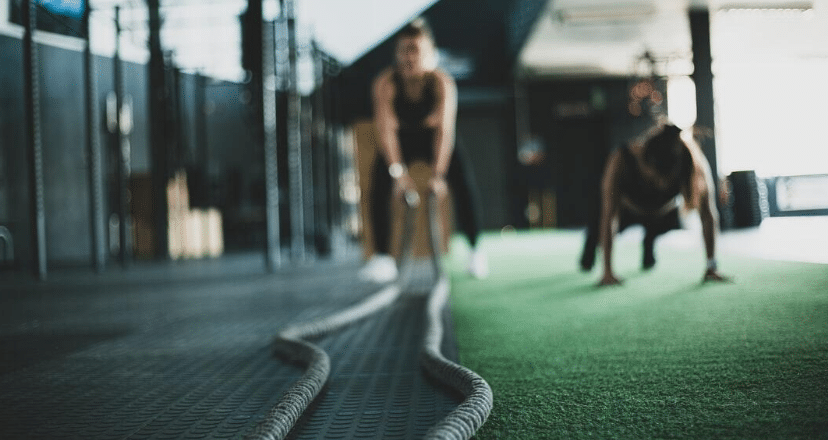
Have you ever wondered what it takes to go from being fit to looking truly athletic?
Building an athletic physique isn’t just about working out harder – it’s about working smarter. It means developing strength, balance, and definition that stand out.
Achieving this look requires focus, dedication, and a solid plan. The journey may seem challenging, but the rewards are worth it. Read on as we talk about transitioning to an athletic physique.
Set Clear Fitness Goals
For athletic body transformation, you need clear fitness goals. Decide what you want to achieve. Do you want more muscle, better balance, or greater strength?
Be specific about your goals. For example, aim to lift heavier weights or run faster. Write your goals down so you can stay focused.
Set a timeline to reach them and break big goals into smaller ones. This makes them easier to reach. Clear goals help you track your progress and stay motivated on your journey.
Prioritize Strength Training
Strength training plays a major role in building an athletic physique. It helps you gain muscle, boost strength, and improve overall fitness.
To get the best results, focus on compound exercises like squats, deadlifts, and push-ups, which work for multiple muscle groups at once. Start with weights that feel challenging but manageable, and increase the weight as your strength grows.
Aim to train at least three times a week, giving your muscles time to recover between sessions. Progress may take time, but each workout moves you closer to your goal.
Focus on Nutrition
Nutrition is just as important as exercise when building an athletic physique. Your body needs the right foods to grow stronger and stay healthy.
Focus on eating lean proteins, whole grains, fruits, and vegetables. These give you energy and help your muscles recover. Healthy fats, such as those from nuts or avocados, are also important.
Stay hydrated by drinking plenty of water throughout the day. A well-balanced athletic physique diet supports your training and keeps you on track toward your fitness goals.
Master Recovery Techniques
Recovery is a big part of building an athletic physique. Your body needs time to heal and get stronger after workouts. Sleep is one of the best ways to recover, so aim for 7 to 9 hours each night.
Stretching after workouts can help your muscles relax and reduce soreness. You can also try massage or foam rolling for better recovery.
Learning more about recovery methods can help, too. Some people even get certification in fitness or recovery to improve their knowledge and skills. If you’re curious, visit https://www.americansportandfitness.com/products/functional-fitness-certification to learn more.
Track Your Progress
Tracking your progress helps you stay on the right path. Keep track of your workouts, diet, and how you feel each day. You can use a fitness app or a simple journal to write it all down.
You can see how much you’ve improved over time, which keeps you motivated. Don’t be discouraged if progress seems slow – small steps lead to big changes. Tracking lets you celebrate each win, no matter how small.
Take the Right Approach to Getting an Athletic Physique Today
Transitioning to an athletic physique takes patience and effort, but the results are worth it. By staying consistent and focused, you can build a body that is strong, balanced, and defined.
Remember that progress happens step by step. Celebrate small wins along the way and keep moving forward. Your dedication will help you achieve the athletic look you’ve been working toward.
We hope you found this article helpful. Keep reading our blog for more helpful tips and advice.
Local News Via - MyrtleBeachSC.com










